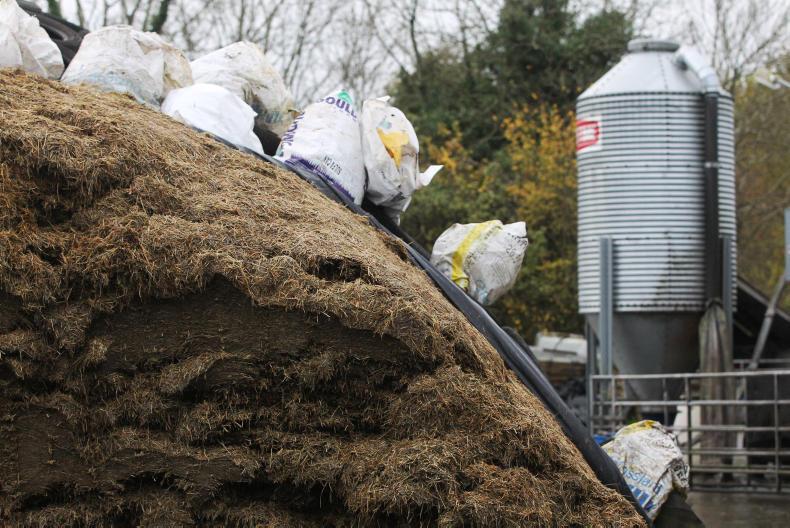Important BDGP deadlines
There are some important BDGP deadlines which are fast approaching. The DAFM has stated that all genomic tissue tags and all data for calves born up to 30 June 2017 must be returned by 7 December in order to receive payment in mid-December.
It is important if you are currently using AI to ensure that at least 80% of the sires used are four- or five-star either within or across all breeds on replacement index or terminal index. The requirements around stock bulls do not come into place until June 2019, where if you are keeping a stock bull, he will have to have a genomic proof of four or five stars either within or across all breeds on either replacement or terminal index.
For females, the first significant date for BDGP I (2015-2020) participants is 31 October 2018, when 20% of your reference number must be four or five stars on their first genomic proof. To be eligible, these animals must be at least 16 months of age.
BDGP II (2017-2022) participants will have to complete a carbon navigator with a DAFM-approved adviser before 31 October 2017. BDGP I (2015-2020) participants are required to do an annual update, the first of which must be completed before 1 November 2017. The annual update does not have to be completed in conjunction with an approved adviser. This can be completed on your ICBF account or via a postal form.
Feeding decisions
Silage budgets, alternatives to silage, dry cow nutrition and what to look for in ration are vital to success over the winter. Now is the time to take stock of what you have. Managing a deficit now will be a lot easier than looking at a silage pit wall next March. An online fodder budget calculator is available in the toolbox section on www.farmersjournal.ie and a video on farmersjournal.tv.
Closing up paddocks
Keeping the winter period as short as possible will help to reduce the cost of keeping suckler cows to produce beef. However, rather than just holding cows out as late as possible, the winter period can also be reduced by getting an early turnout in spring. A week of grazing in early spring is worth two weeks of grazing in November. Closing up paddocks now in rotation will still allow you to hold stock out for another few weeks. Do not be tempted to go back and re-graze closed paddocks, even if there is a mild period next month.
Silage quality will generally have a higher feed value than grazed grass in November, especially forage that was saved this summer from surplus grass. With silage DM of 25-35% and 68-72% DMD, store cattle will perform better on silage than grazed grass as their dry matter energy intake will be higher.
It is better to start closing paddocks now and start utilising silage once the farm is grazed out, rather than try to hold cattle out as late as possible in winter and delay turnout until mid-April because of a lack of grass.






 This is a subscriber-only article
This is a subscriber-only article










SHARING OPTIONS: